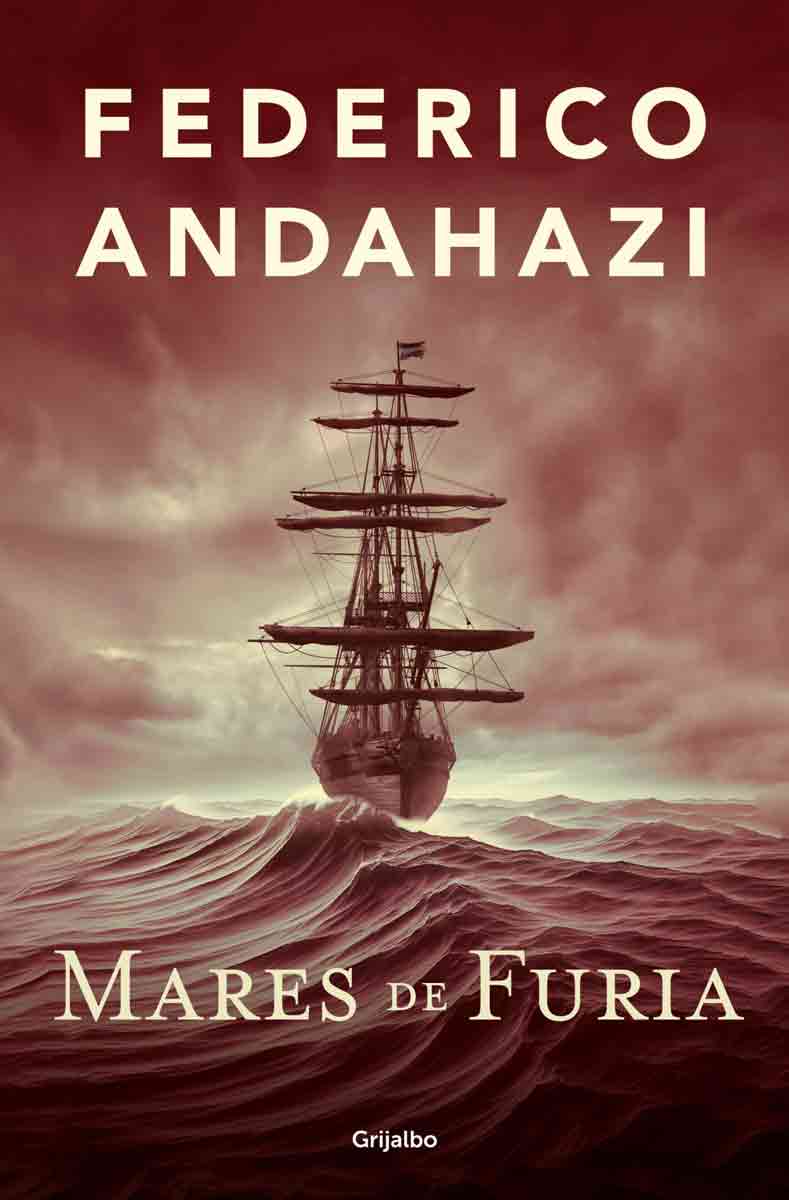A French privateer in the service of the young Argentine Republic embarks on a voyage in pursuit of glory and freedom that will become an odyssey of violence, betrayal, and madness. The story of a revolutionary hero turned into a cursed legend.
In Nazca, 1837, a dying captain, murdered by his own slaves, recalls, between gasps, the chain of decisions that led him to that moment. He is Captain Hyppolite Bouchard, known as “The Fury,” a man who pursued glory and freedom and ended up consumed by exile and the violence of a privateer’s life.
In 1817, from a newly independent Buenos Aires, Hyppolite Bouchard sets sail as commander of La Argentina, a privateer frigate symbolizing the chaos of a nascent nation: a crew made up of Frenchmen, Englishmen, gauchos, and sailors without a homeland, united only by the desire for wealth and adventure. From the first mutiny in port to the floggings and executions he imposes as punishment, the captain demonstrates that his authority rests upon fear and myth. Yet beneath his harshness lies a wound: a past of defeats, exiles, and a family abandoned on solid ground.
During his voyage, the expedition faces fires, disease, and the hunger of the sea. In Madagascar, Bouchard captures slave ships and frees a thousand enslaved people, a gesture that reveals his ambiguous morality: ruthless but with a fierce sense of justice. In the Celebes Sea, his fame grows when he defeats Malay pirates after a hand-to-hand duel with their chief, Kalamang, and recruits the warrior Nor-Norul as an ally. With the sea as a stage for redemption and punishment, his crew becomes a legend: the Black Frigate.
His next target is the Spanish Pacific. Bouchard spreads terror in the Philippines, blockades Manila, and destroys ships and ports, avenging colonial oppression with fire. But personal losses — the deaths of his second-in-command Nathan Sommers and of the gaucho Fretes — break him. Isolated and delirious, he reaches Hawaii, where he recovers a mutinied corvette and signs a treaty with King Kamehameha, securing supplies and international recognition for the cause of the Río de la Plata.
With his fleet reinforced, he continues toward California, where he raids Monterey and Santa Barbara in search of the legendary treasure of the Spanish Royal Treasury. His young lieutenant Tomás Espora becomes his spiritual heir, guided between barbarism and the revolutionary ideal. Together they plunder, fight, and survive betrayals until they return to the Río de la Plata laden with glory and gold. But there awaits the final betrayal: Admiral Cochrane accuses him of piracy, confiscates his loot, and banishes him.
Decades later, in Nazca, Bouchard dies, murdered by his own slaves. His fate closes as it began: amid fire, blood, and legend, condemned to be a hero history forgot.
RELEVANT INFORMATION: Federico Andahazi is a world-renowned Argentine writer and psychologist whose works have been published by the most prestigious publishing houses worldwide, translated into more than forty languages, and have sold millions of copies around the globe.
Throughout his career, he has received numerous awards, including the Planeta Prize, the Short Story Prize at the Second Biennial of Young Art of Buenos Aires, the Desde la Gente Annual Literary Contest Prize, and the CAMED Prize.
With a style that evokes the great adventure and pirate novels, Federico Andahazi immerses us in an epic tale where glory and ambition intertwine in a whirlwind of political intrigue, naval battles, and hidden treasures. The novel offers exceptional audiovisual potential: an epic of maritime adventures combining action, historical drama, and tragedy. The figure of Bouchard — half revolutionary hero, half cursed villain — provides a compelling, complex, and deeply layered character arc structured around three major moments: rise, apogee, and fall. The story also features great historical figures such as Admiral Brown, the sailor Tomás Espora, and Lord Byron. The plot blends spectacular episodes with introspective moments, portraying a multicultural mosaic. All these elements create a fast-paced and visually rich narrative in the style of Master and Commander or Pirates of the Caribbean, with a tragic tone.
What the press says: “Andahazi knows how to lead his characters to the breaking point.” — Andrés de Luna, Hoja por Hoja
“Federico Andahazi surprises us with a narrative that is both mythological and brutally contemporary.” — Juan Felipe Echeverry Jaramillo, Agenda Cultural
“In Andahazi one perceives an author full of ideas, aware of the need to rescue the tension of horror and mystery storytelling for literature, and to value — in times when the notion of ‘the autonomy of language’ has dominated — the marvelous possibilities of content. Themes, symbols, plots, stories, inspiration, muses: all that has been dismissed by some contemporary literary trends is brought back to the table by Andahazi, an evident admirer of old cultural and literary habits.” — Andrea Blanqué, El País Cultural
AUDIOVISUAL POTENTIAL: TV Series, Miniseries, Film, TV Movie.
AVAILABLE LANGUAGES: Spanish.

Adquirir los derechos
Para ponerte en contacto con nosotros completa el siguiente formulario y te responderemos en breve.
Error: Contact form not found.

